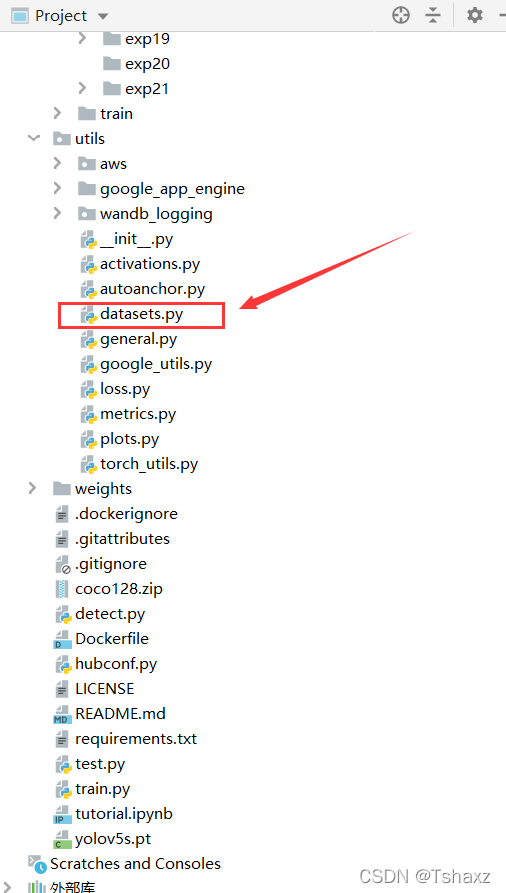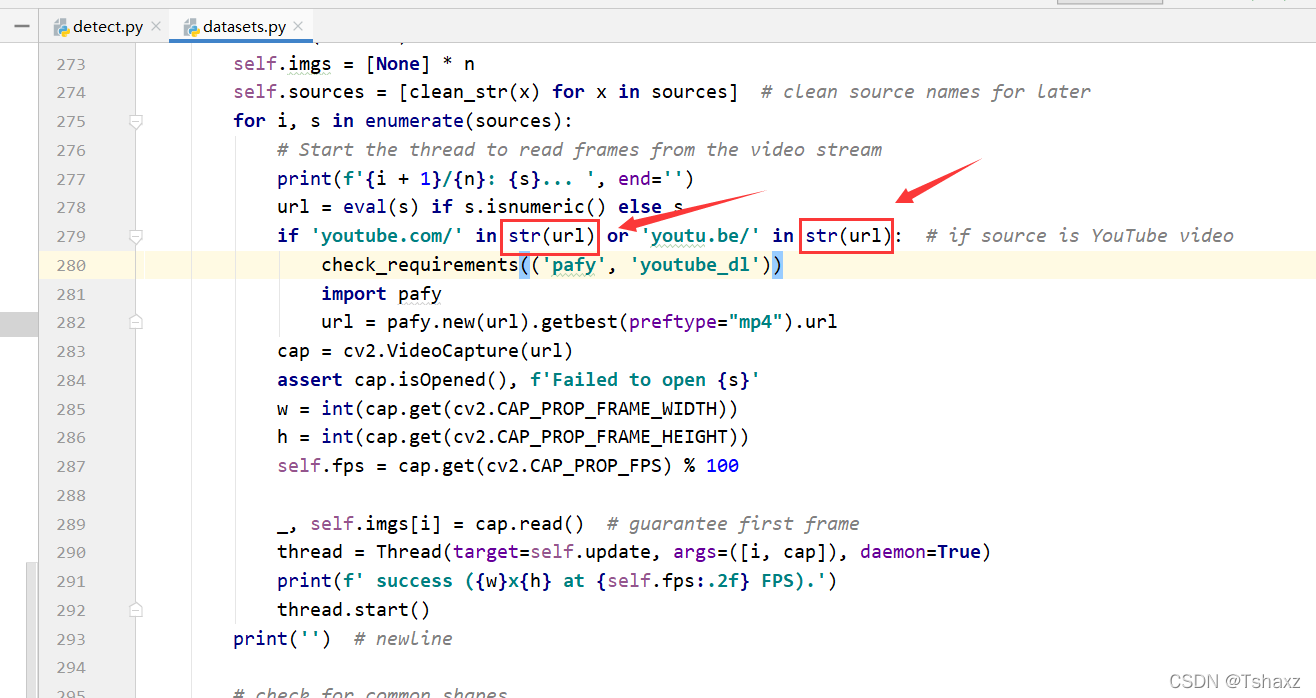yolov5调用摄像头
weixin_50518868 人气:0yolov5 调用 usb 摄像头
文章是在yolov5 v5.0版本的detect.py所修改编写
其他v1.0-v4.0没有试过,你们可以试试。
具体用法已经写在代码里面了。
import time
import cv2
import numpy as np
import torch
from models.experimental import attempt_load
from utils.datasets import letterbox
from utils.general import check_img_size, non_max_suppression,scale_coords, xyxy2xywh,set_logging,check_requirements
from utils.plots import colors, plot_one_box
from utils.torch_utils import select_device,time_synchronized
@torch.no_grad()
def detect(
#--------------------这里更改配置--------------------
#---------------------------------------------------
weights='runs/train/exp25/weights/best.pt', #训练好的模型路径 (必改)
imgsz=512, #训练模型设置的尺寸 (必改)
cap = 0, #摄像头
conf_thres=0.25, #置信度
iou_thres=0.45, #NMS IOU 阈值
max_det=1000, #最大侦测的目标数
device='', #设备
crop=True, #显示预测框
classes=None, #种类
agnostic_nms=False, #class-agnostic NMS
augment=False, #是否扩充推理
half=False, #使用FP16半精度推理
hide_labels=False, #是否隐藏标签
hide_conf=False, #是否隐藏置信度
line_thickness=3 #预测框的线宽
):
# #--------------------这里更改配置--------------------
#-----------------------------------------------------
#打开摄像头
cap = cv2.VideoCapture(cap)
#-----初始化-----
set_logging()
#设置设备
device = select_device(device)
#CUDA仅支持半精度
half &= device.type != 'cpu'
#-----加载模型-----
#加载FP32模型
model = attempt_load(weights, map_location=device)
#模型步幅
stride = int(model.stride.max())
#检查图像大小
imgsz = check_img_size(imgsz, s=stride)
#获取类名
names = model.module.names if hasattr(model, 'module') else model.names
#toFP16
if half:
model.half()
#------运行推理------
if device.type != 'cpu':
model(torch.zeros(1, 3, imgsz, imgsz).to(device).type_as(next(model.parameters()))) # 跑一次
#-----进入循环:ESC退出-----
while(True):
#设置labels--记录标签/概率/位置
labels = []
#计时
t0 = time.time()
ref,img0=cap.read()
#填充调整大小
img = letterbox(img0, imgsz, stride=stride)[0]
# 转换
img = img[:, :, ::-1].transpose(2, 0, 1) #BGR to RGB, to 3x416x416
img = np.ascontiguousarray(img)
img = torch.from_numpy(img).to(device)
#uint8 to fp16/32
img = img.half() if half else img.float()
#0 - 255 to 0.0 - 1.0
img /= 255.0
if img.ndimension() == 3:
img = img.unsqueeze(0)
# 推断
t1 = time_synchronized()
pred = model(img, augment=augment)[0]
# 添加 NMS
pred = non_max_suppression(pred, conf_thres, iou_thres, classes, agnostic_nms, max_det=max_det)
t2 = time_synchronized()
#目标进程
for i, det in enumerate(pred): # 每幅图像的检测率
s, im0 = '', img0.copy()
#输出字符串
s += '%gx%g ' % img.shape[2:]
#归一化增益
gn = torch.tensor(im0.shape)[[1, 0, 1, 0]]
if len(det):
# 将框从img_大小重新缩放为im0大小
det[:, :4] = scale_coords(img.shape[2:], det[:, :4], im0.shape).round()
# 输出结果
for c in det[:, -1].unique():
#每类检测数
n = (det[:, -1] == c).sum()
#添加到字符串
s += f"{n} {names[int(c)]}{'s' * (n > 1)}, "
# 结果输出
for *xyxy, conf, cls in reversed(det):
#归一化xywh
xywh = (xyxy2xywh(torch.tensor(xyxy).view(1, 4)) / gn).view(-1).tolist()
#标签格式
line = (cls, *xywh, conf)
#整数类
c = int(cls)
#建立标签
label = None if hide_labels else (names[c] if hide_conf else f'{names[c]} {conf:.2f}')
#绘画预测框
if crop:
plot_one_box(xyxy, im0, label=label, color=colors(c, True), line_thickness=line_thickness)
#记录标签/概率/位置
labels.append([names[c],conf,xyxy])
#--------------------这里写/修改代码--------------------
#-------------------------------------------------
'''
labels里面有该图片的标签/概率/坐标(列表)
labels = [ [列表0] , [列表1] , [列表3] ,......]
其中 列表 = [标签,概率,坐标]
例如获取第一个预测框的概率值:print( float( labels[0][1]) )
'''
# 显示图片
cv2.imshow("666",im0)
#输出计算时间
print(f'消耗时间: ({time.time() - t0:.3f}s)')
key = cv2.waitKey(20)
#这里设置ESC退出
if key == 27:
break
#--------------------END--------------------
#-------------------------------------------------
cv2.destroyAllWindows()
if __name__ == "__main__":
'''
修改配置在 13-28 行
写代码-显示输出/获取预测框位置/获取预测概率值 在121-END行
'''
#检测安装包--建议注释掉
#check_requirements(exclude=('tensorboard', 'thop'))
#运行
detect()经研究发现,yolov5-master有time_synchronized 和 time_sync 两种名字,所以如果time_synchronized报错,麻烦换成time_sync
YOLOv5调用本地摄像头
YOLOv5源码:https://github.com/ultralytics/yolov5
最近用YOLOv5做目标检测,直接调用本地摄像头会报错,需要在dataset中做一点修改。
具体如下:

在279行的这两处改成str类型

然后在detect里把这里的参数改为0

然后运行detect.py即可调用本地摄像头。
总结
加载全部内容